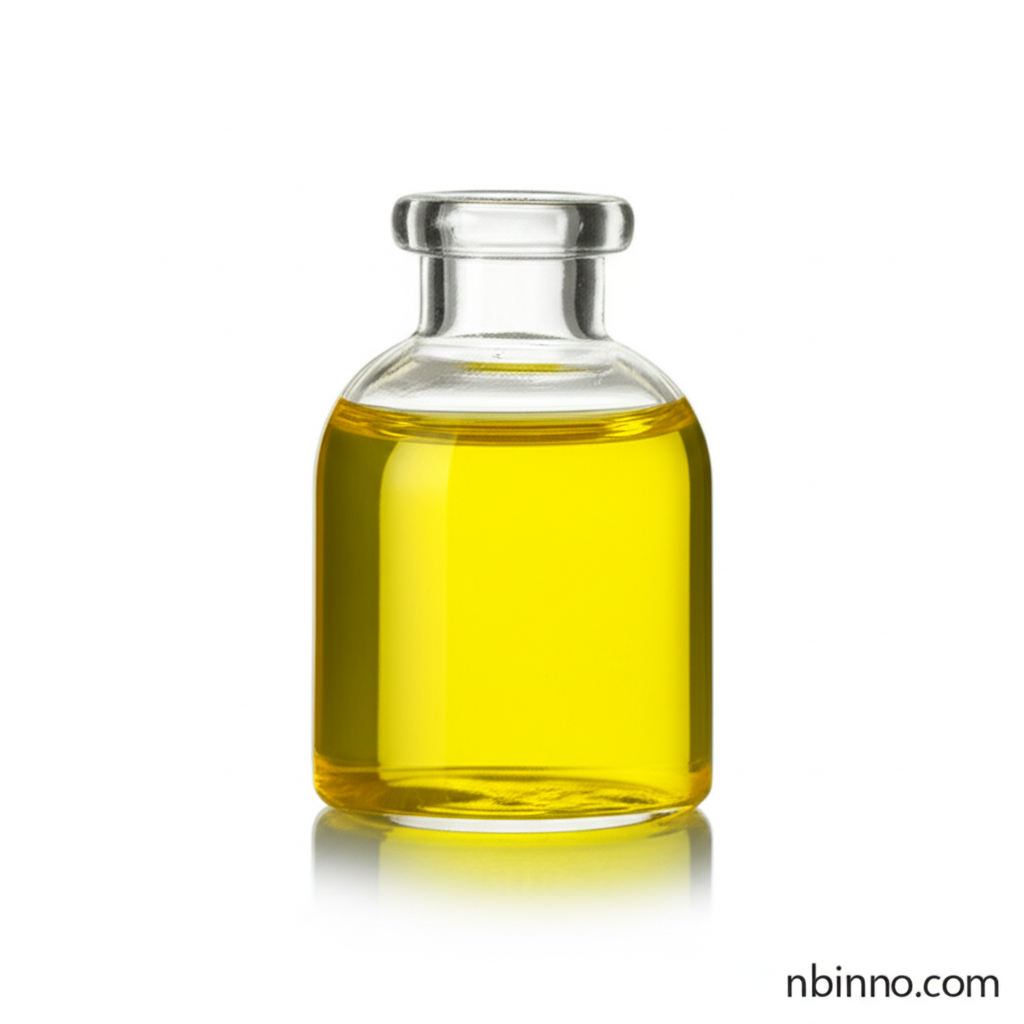Unlocking the Potential of 4-(Trifluoromethoxy)chlorobenzene: A Comprehensive Guide for Synthesis and Applications
Explore the critical role of CAS 461-81-4 in modern chemical synthesis and product development.
Get a Quote & SampleProduct Core Value

4-(Trifluoromethoxy)chlorobenzene
4-(Trifluoromethoxy)chlorobenzene (CAS 461-81-4) stands as a pivotal organic compound, indispensable for intricate organic synthesis pathways. Its unique chemical structure, featuring both a chlorine atom and a highly electronegative trifluoromethoxy group, confers remarkable reactivity and specific physicochemical properties crucial for developing advanced materials and life science products.
- Introduction to 4-(trifluoromethoxy)chlorobenzene synthesis pathways and their efficiency in industrial production.
- Understanding the 461-81-4 chemical properties that make it a sought-after intermediate for complex molecular construction.
- Leveraging this compound as a key organic synthesis intermediate for novel pharmaceuticals and agrochemicals.
- Exploring the advantages of working with reliable 4-(trifluoromethoxy)chlorobenzene suppliers for consistent quality.
Advantages Offered
Enhanced Reactivity
The trifluoromethoxy group significantly boosts the compound's reactivity, making it an ideal candidate for various chemical transformations essential for agrochemical building blocks development.
Versatile Intermediate
As a crucial specialty organic intermediate, it allows for the introduction of specific functional groups, facilitating the creation of diverse molecules in drug discovery.
Physicochemical Modification
The presence of fluorine atoms impacts lipophilicity and bioavailability, properties that are meticulously considered in designing effective pharmaceutical synthesis reagents.
Key Applications
Organic Synthesis
This compound serves as a fundamental building block in complex organic synthesis, enabling the creation of a wide spectrum of fine chemicals.
Pharmaceutical Development
It is extensively used as a pharmaceutical intermediate, contributing to the synthesis of active pharmaceutical ingredients (APIs) with enhanced properties.
Agrochemical Production
The compound is vital for the development of advanced agrochemicals, acting as a precursor in the synthesis of pesticides and crop protection agents.
Chemical Research
Researchers utilize it as a critical reagent in academic and industrial settings to explore new chemical reactions and develop innovative materials.
